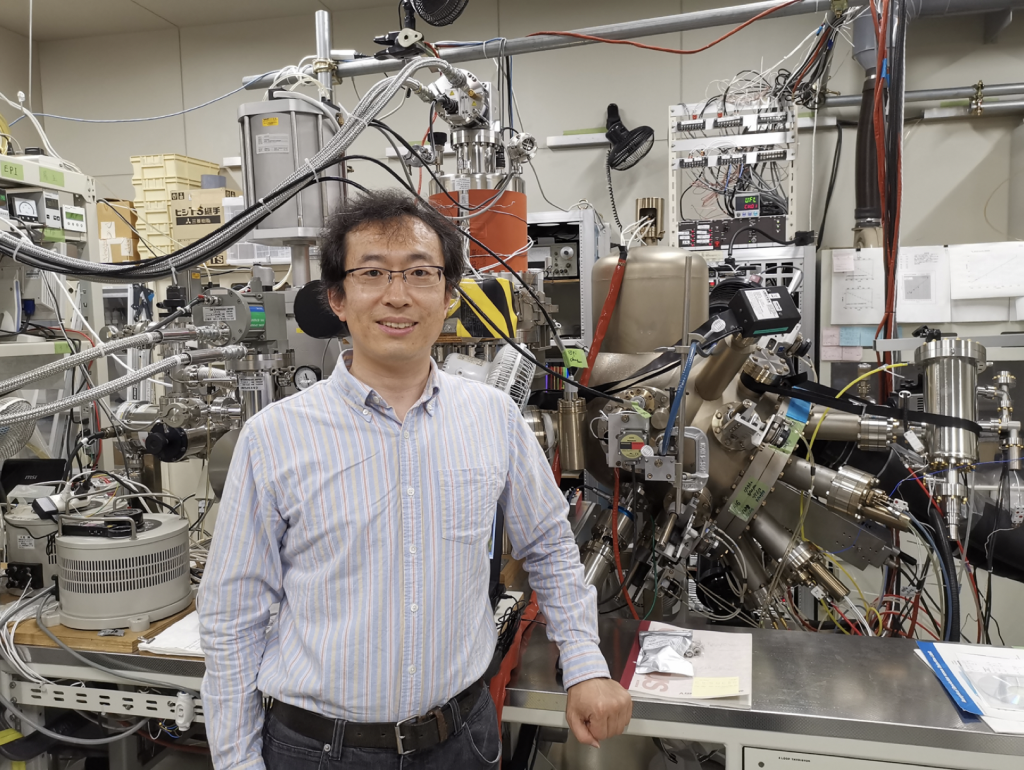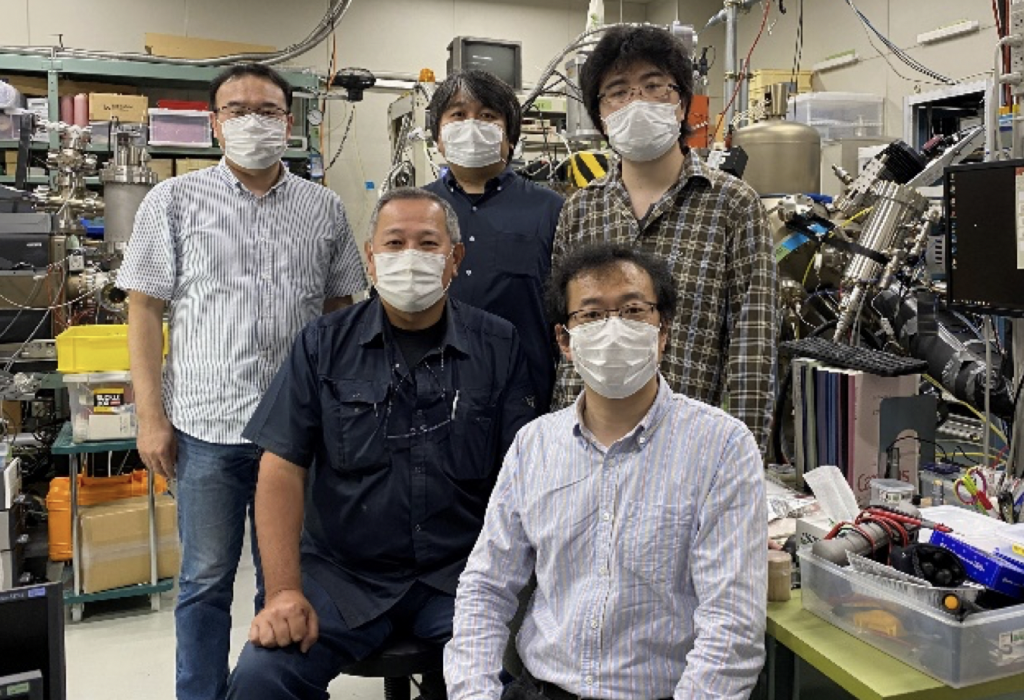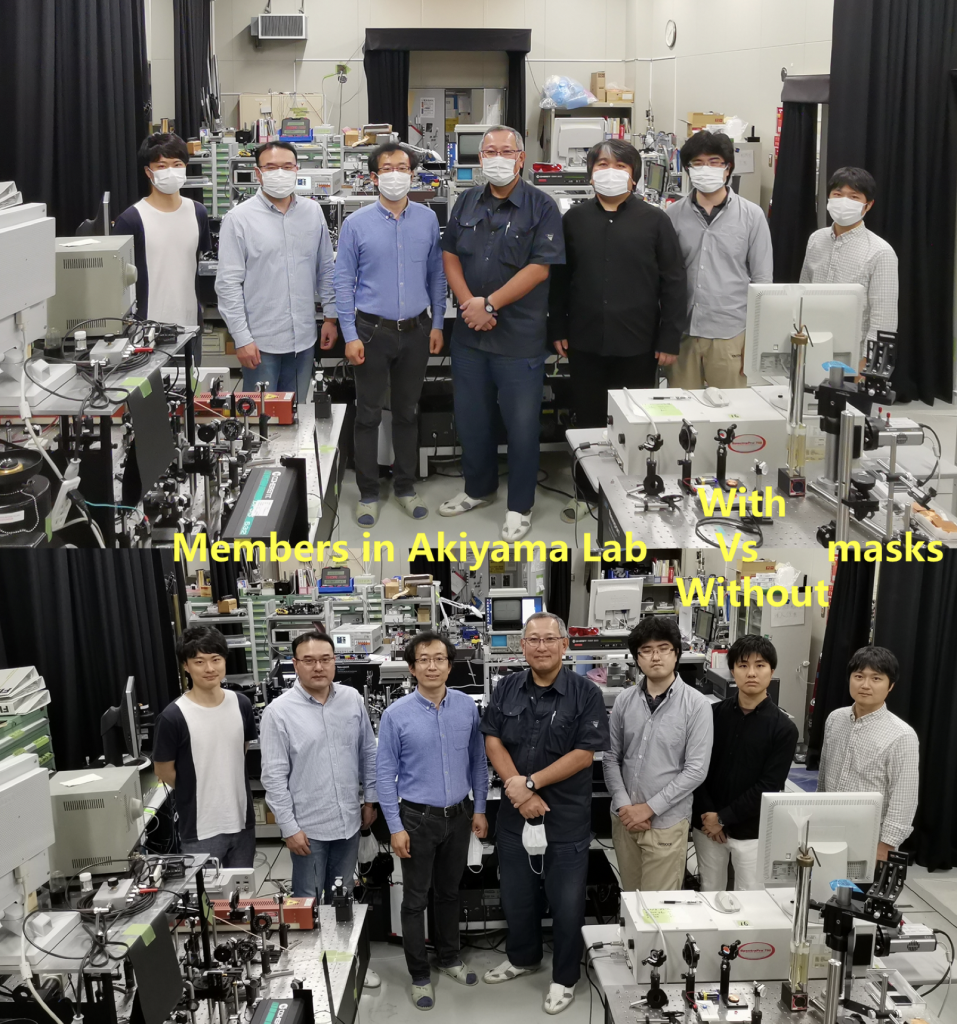ISSP stay report of Prof. Shaoqiang Chen
Shaoqiang Chen
East China Normal University
Since I deeply respect ISSP, the Institute for Solid State Physics, the University of Tokyo, as an excellent research institute in the world, it was my great honor to visit ISSP as a visiting professor from December 2020 to May 2021. Affected by COVID-19 and by the resulted expiration of my visa, my visiting to ISSP was delayed two times. However, thanks to the great helps from Prof. Akiyama, Ms. Ishiguchi, and the other staffs of ISSP, I finally entered Japan in December 2020 successfully, just before the national announcement of entry restriction because of the serious situation of COVID-19. How lucky I was at that time!
In this visit to ISSP, I felt that I was coming back to home: I had been working as a PD in ISSP for five years from 2009 to 2014, focusing on the researches of T-shaped quantum wires and solar cells. Everything is still familiar to me. Although it is very serious outside, I feel safe and calm as normal in ISSP. Thanks to the kind guidance from Prof. Akiyama and the excellent facilities of ISSP, I have learned a lot of important knowledges and experimental skills, which are the solid foundations for my further researches.
In 2014, I joined East China Normal University in Shanghai as a professor, and started new researches on optical properties of perovskite microstructures. Perovskite materials with excellent optoelectronic properties, have shown remarkable progresses in both the field of solar cells and light emitting devices. For solar cells, conversion efficiencies more than 25% have been achieved, and for light emitting devices, perovskite-based vertical cavity surface emitting lasers (VCSEL) and distributed feedback (DFB) lasers have been fabricated, and very fascinating single-mode lasing properties have been demonstrated.
In order to study the detailed lasing mechanisms in perovskite based microcavities, I came back to ISSP, and started cooperation with Akiyama Lab with the supports of ISSP visiting professorship. We have developed a low-temperature liquid-phase growth method, and have fabricated various kinds of CsPbBr3 perovskite micro-cavities, such as micro-hemispheres, microplates, micro-rods, and micro-cubes, on different substrates, with a size from several tens to 200 micrometers. A substrate dependence of the perovskite microstructures with this growth method has been observed. With the excitation of a femtosecond laser beam from a Ti: sapphire ultrafast laser system, all the microcavities show lasing behaviors under elevated excitation densities, both Fabry-Perot mode and whispering-gallery mode have been observed in the lasing spectra of the microcavities. The higher carrier density more that Mott density at lasing threshold indicates the lasing behavior in these perovskite microcavities should mainly be related to electron-hole plasma rather than exciton.
We measured the spectrally- and temporally-resolved lasing images of the microcavities with a streak camera, and have observed two importance features of the lasing from perovskite microcavities with increasing excitation fluences, one is the redshift of the dominant lasing spectra to low energy side due to the band gap renormalization (BGR) effect, another one is the blueshift of each lasing mode to higher energy side due to the reduction of the refractive index caused by the high injection carrier density. The lasing dynamics is merged with the transient BGR effect and the transient change of refractive index in perovskite microcavities.
We also fabricated CsPbBr3 perovskite nanocrystals with a ligand-assisted recrystallization method, and sandwiched the perovskite nanocrystals with two high-reflectivity distributed Bragg reflectors (DBRs) to form a VCSEL device, and single-mode lasing of the VCSEL has been observed. With an excitation power over 2 times of the threshold, short pulses with a pulse width around 23 ps have been obtained from the perovskite based VCSEL, demonstrating a potential application in short pulse generation of perovskite based VCSELs.
In the 5 months stay in ISSP, I really enjoyed trying new experiments, finding new phenomenon, and discussing new results with the members in Akiyama lab. We have already published 6 cooperated papers about these research results. The fruitful cooperation of this period will stimulate even more interesting results in the future.
ISSP is already a high-level international research institute, but the visiting professorship of ISSP promotes in-depth international cooperation and will make ISSP even famous. I gained benefits very much from this visiting professorship, and I want to give my sincere thanks to ISSP and all the members in Akiyama lab. Thank you very much!



